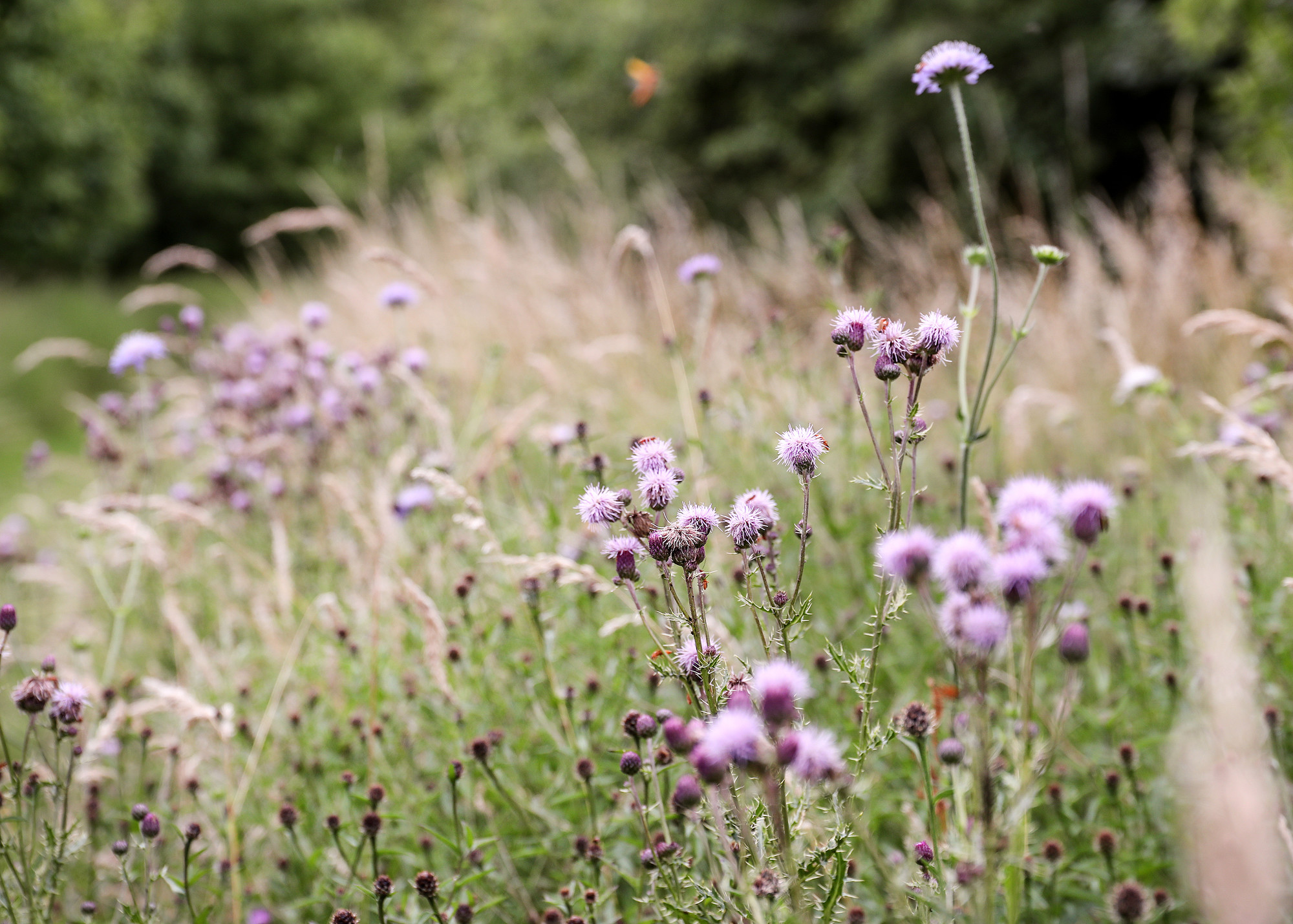
Pollinator Pathways in the Heart of England Forest
In the summer of 2020, we embarked on a five-year partnership project with Severn Trent, aiming to create more wildflower-rich grassland and give our pollinators a helping hand. As part of this, we have started to create 30-metre wide ‘pollinator pathways’ covering 168 acres within the 2,471 acres of woodland in the Spernal area of the Forest.
A ‘pollinator pathway’ is a corridor of native plants that provides nutrition and habitat for pollinators and helps them to disperse into new habitat. It effectively links up different areas of habitat and allows insects to travel between them to access the food and shelter that they need.
Key aims of the project
Due for completion by the summer of 2025, the project will encourage pollinators to thrive by:
- Creating and maintaining a 30-metre wide ‘pollinator pathways’ - corridors of native plants that link up different areas of habitat and allow wildlife to travel between them - covering 168 acres of the Forest
- Improving wildflower diversity in existing grassy rides
- Sowing a wildflower mix that are specifically designed to provide a good source of nectar and pollen
- Managing grassy rides to allow wildflower seeds to compete and establish against the more dominant grasses

The importance of pollinators
Pollinators are a vital part of a healthy, balanced eco-system and without them, the world would suffer. There are over 4,000 species of insect in the UK that pollinate our native plants and our food crops including many species of bees, butterflies, flies and wasps. They are an intrinsic part of our ecosystem and essential to the food chain, with one in every three mouthfuls of food we eat depending on pollination.
Pollinators in decline
Sadly, pollinators across the UK are in decline due to climate change, the use of certain harmful pesticides, and intensive farming. The most significant cause of pollinator decline is the loss and degradation of habitats – namely wildflower-rich grassland - which provide food, shelter, and nesting sites for pollinators. Over 97% of our wildflower meadows have been lost since the 1930s, equating to 7.5 million acres. Here at the Heart of England Forest, we are committed to changing this.




